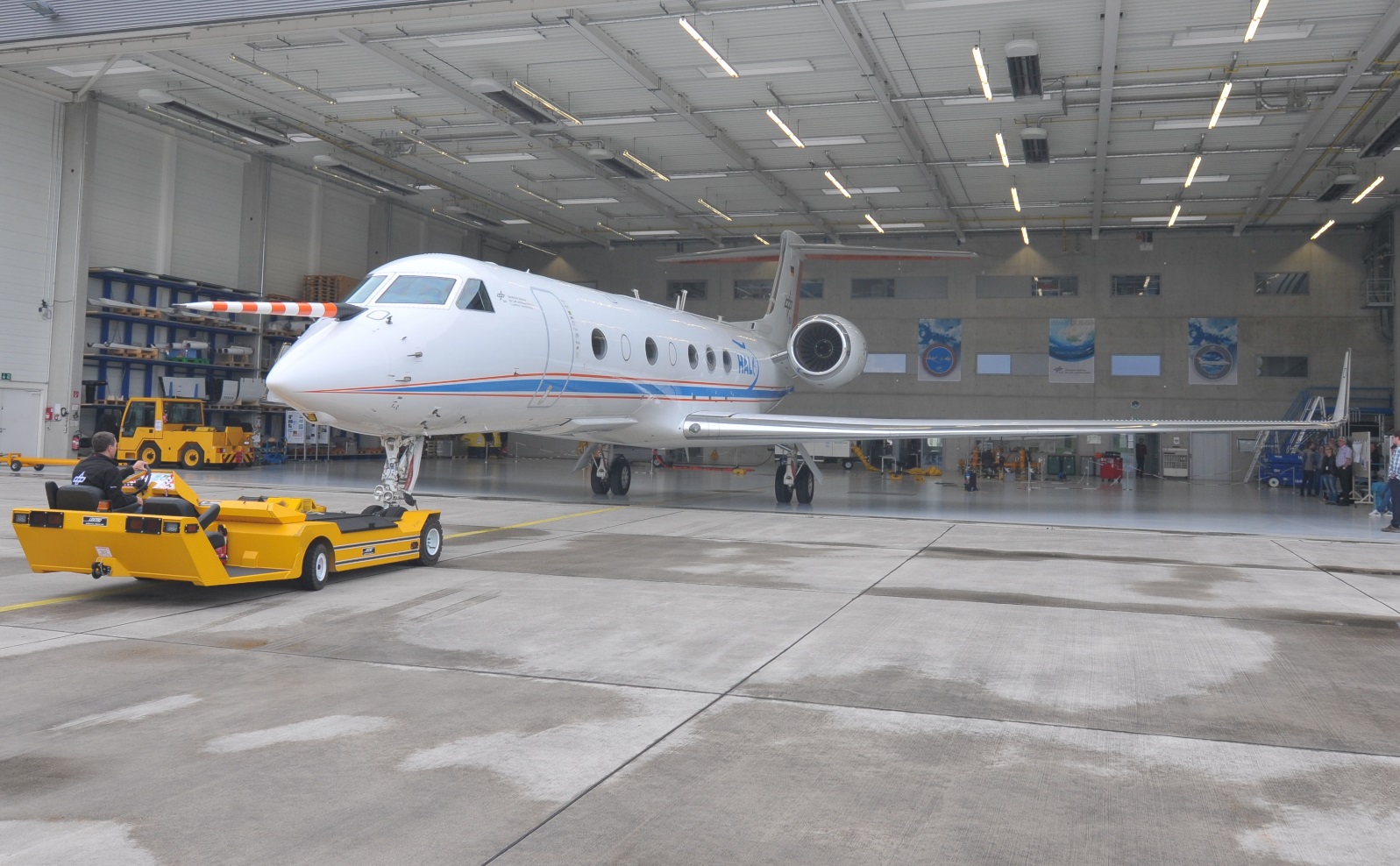World’s first airborne frequency comb for greenhouse gas monitoring
A team led by the German Aerospace Center DLR, Oberpfaffenhofen just successfully completed the CoMet Mission (Carbon Dioxide and Methane Mission). Their aim was to measure the two most important greenhouse gases that are contributing to global warming, carbon dioxide and methane, using remote sensing and in-situ methods. In particular, a LIDAR device developed by DLR named CHARM-F and an optical frequency comb (SmartComb by Menlo Systems GmbH) are aboard the DLR HALO aircraft. “Using the LIDAR system, we map the concentration of greenhouse gases across Europe by measuring the absorption of the airborne laser reflected off the ground”, explains Dr. Andreas Fix, who leads the CoMet project. “The frequency comb provides the absolute optical frequency reference for the carbon dioxide channel of the LIDAR – a prerequisite for accurate data acquisition when measuring near narrow spectral features.” In future, greenhouse gas LIDAR measurements will be conducted from satellites in low earth orbits, such as the French-German MERLIN mission that is set to launch in 2023.

During the 1-month campaign, the team investigated various natural and man-made methane and CO2 sources such coal-fired power plants or Europe’s largest methane source, the Upper Silesian Coal Basin in Poland. While typically the aircraft flies at an altitude of about 10 km height, it sometimes spirals down to even less than 200 m to quantify the gas distribution in the vertical dimension. “Conditions on the aircraft are quite rough,” reports Dr. Michael Mei, CEO of Menlo Systems after an 8-hour flight to the volcano Mount Etna in Sicily. DLR scientist Mathieu Quatrevalet adds: “An airplane is an extremely demanding environment for precision measurement equipment: changes in cabin pressure and temperature, high vibration levels and occasional air turbulence, and tremendous acoustic noise.” Still under all these conditions, the comb transfers the frequency stability of the interal atomic reference to the optical domain. The comb itself is fully automated, ready to use within minutes after power-on.

The scientists rely on the continuous absolute frequency calibration of the LIDAR provided by the SmartComb, which is internally referenced to a chip-scale atomic clock. The absolute frequency calibration is a prerequisite for a quantitative data analysis, eliminating slow drifts and thus paving the road towards long-term missions for monitoring greenhouse gases. The CoMet mission with the first airborne operation of the SmartComb marks a milestone for optical frequency references: it proves that precision optical frequency combs have leaped out optics laboratories, two decades after their invention.

Video of the flight:
Link to the DLR website:
The article "Härtetest in den Wolken" appeared in Physik Journal 17 (2018) Nr. 12 (December).
Link: http://www.pro-physik.de/details/physikjournalIssue/11114149/PJ_12_2018.html
(access with login)